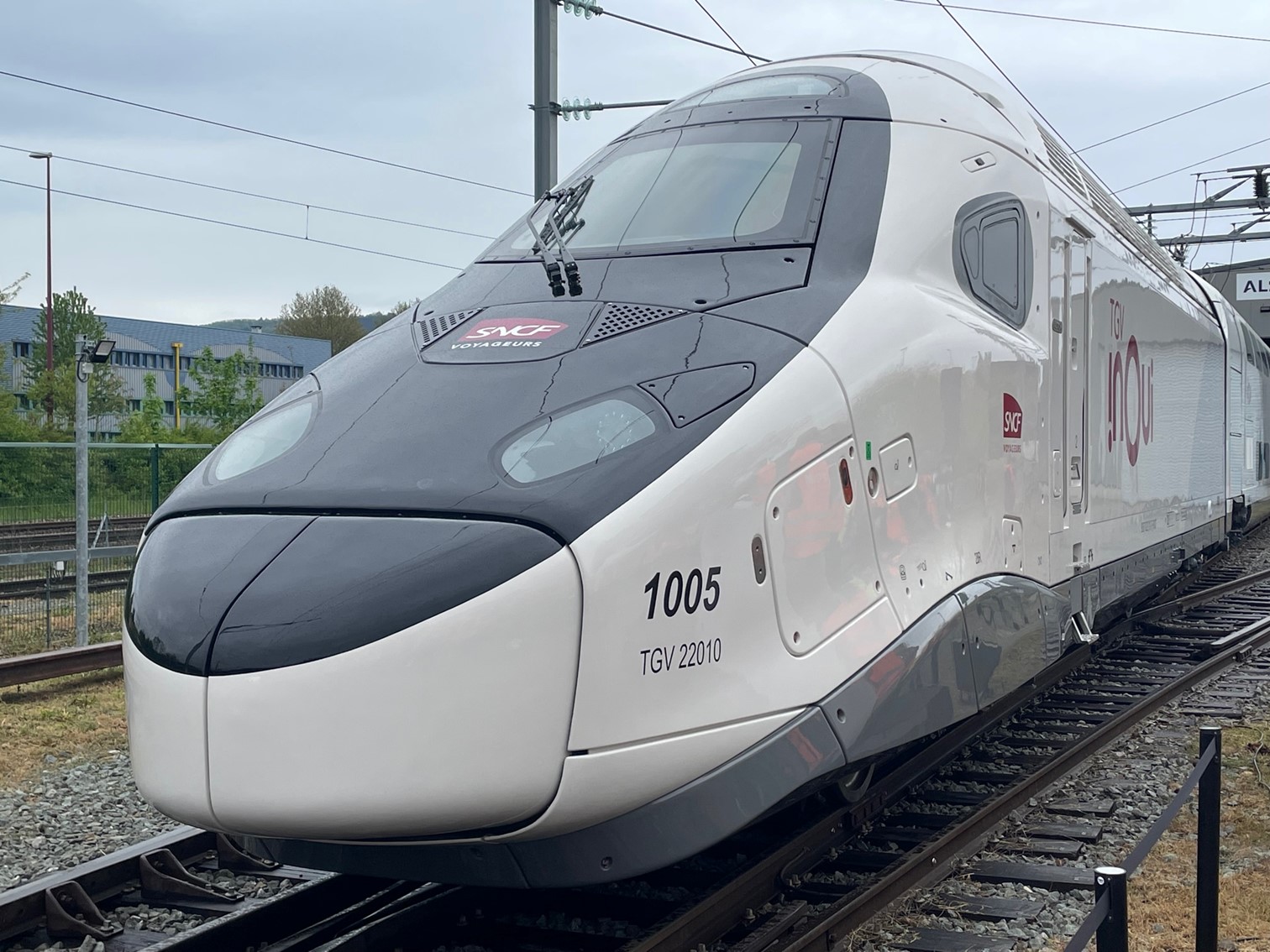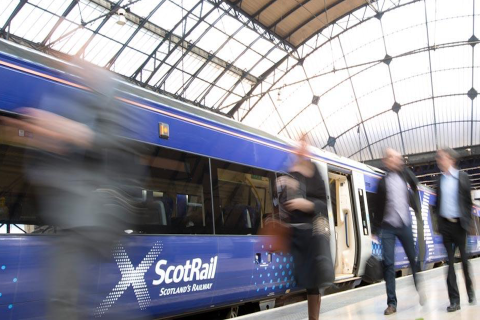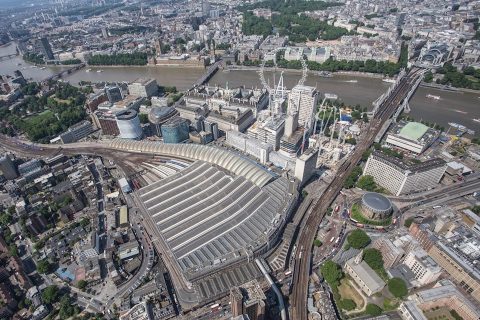SNCF unveils future TGV INOUI livery at Alstom factory

SNCF Voyageurs showcased the livery of the forthcoming TGV INOUÏ (dubbed TGV M) on 29 April 2024, at Alstom’s Belfort factories. This unveiling marks the final industrial phase before the anticipated debut of the train on the Southeast axis in the latter half of 2025.
The upcoming TGV INOUI, which commenced testing on the National Rail Network in June 2023, offers a glimpse into its design ethos crafted by the French multidisciplinary agency AREP and the renowned Japanese design firm Nendo.
The new livery of the TGV INOUI epitomises the comfort and elegance of the TGV experience with its predominantly light palette of overlapping round shapes in shades of grey and white. Reflecting the identity of the TGV INOUI brand, the design exudes simplicity and fluidity, evoking a sense of tranquillity and luminosity.
The accent of “Frenchberry” red is strategically placed on the boarding doors, inviting passengers to explore the interior spaces. Even before boarding, the livery promises a blend of serenity and high-speed mobility, where technological advancements prioritise passenger comfort and safety.

Innovative livery and manufacturing process
The creation of the TGV M livery marks a departure from conventional practices. Unlike previous methods involving adhesive overlays, the entire livery is now painted, enhancing durability and significantly reducing workshop immobilizations for refurbishment operations over the train’s lifespan.
Moreover, the selected hues not only enhance the train’s aesthetic appeal but also increase its reflectivity, thereby reducing energy consumption during summer and high-temperature conditions. Environmental sustainability remains a cornerstone for SNCF Voyageurs, aligning with their commitment to operate trains as the most carbon-efficient mode of transport.
To meet the stringent standards set by SNCF Voyageurs, Alstom has revolutionised the manufacturing process for the TGV M locomotives. A single, versatile production line now accommodates both locomotive and motorcar manufacturing, optimising floor space and reducing energy consumption. Painting, a critical stage in the manufacturing process, now involves meticulous manual work, spanning approximately ten days. Each locomotive undergoes a series of quality checks to ensure compliance with stringent standards before final approval.
Trials and testing for commercial operation
As part of the pre-commercial launch phase, admission trials are underway to evaluate the TGV M’s performance under various conditions it may encounter during its operational life. These trials, conducted at speeds of up to 320 km/h, assess dynamic behaviour, electromagnetic compatibility, braking performance, noise levels, and traction capabilities.
Managed by SNCF Voyageurs’ Equipment Engineering teams, these trials involve extensive collaboration with manufacturers, traction teams, rail network establishments, and regulatory authorities. The ultimate goal is to obtain market authorisation from the European Railways Agency, ensuring the train’s readiness for commercial operation.
Further reading:




